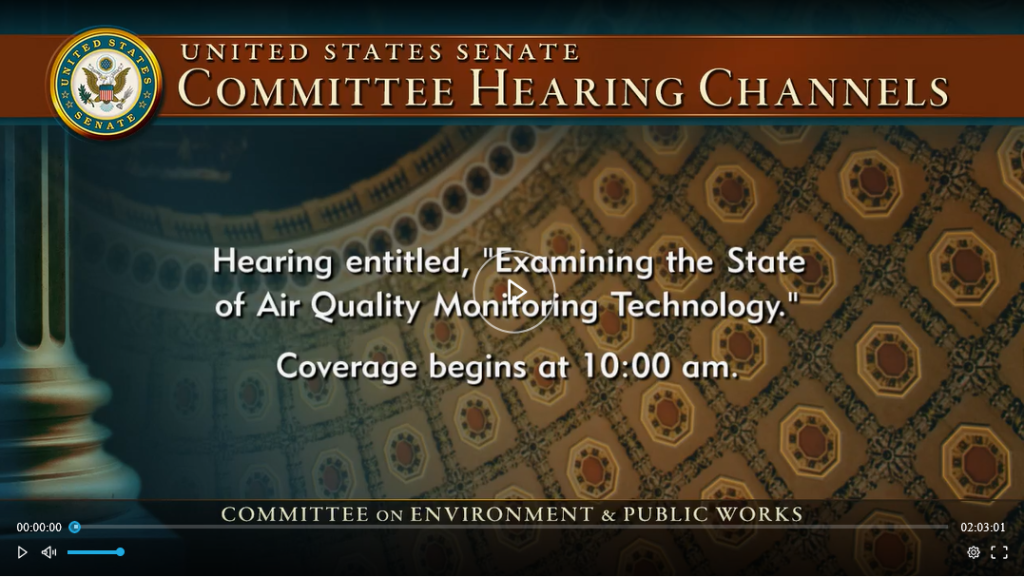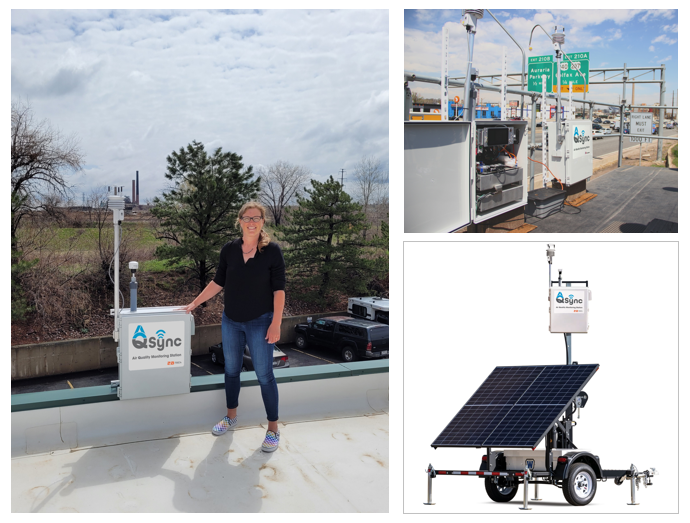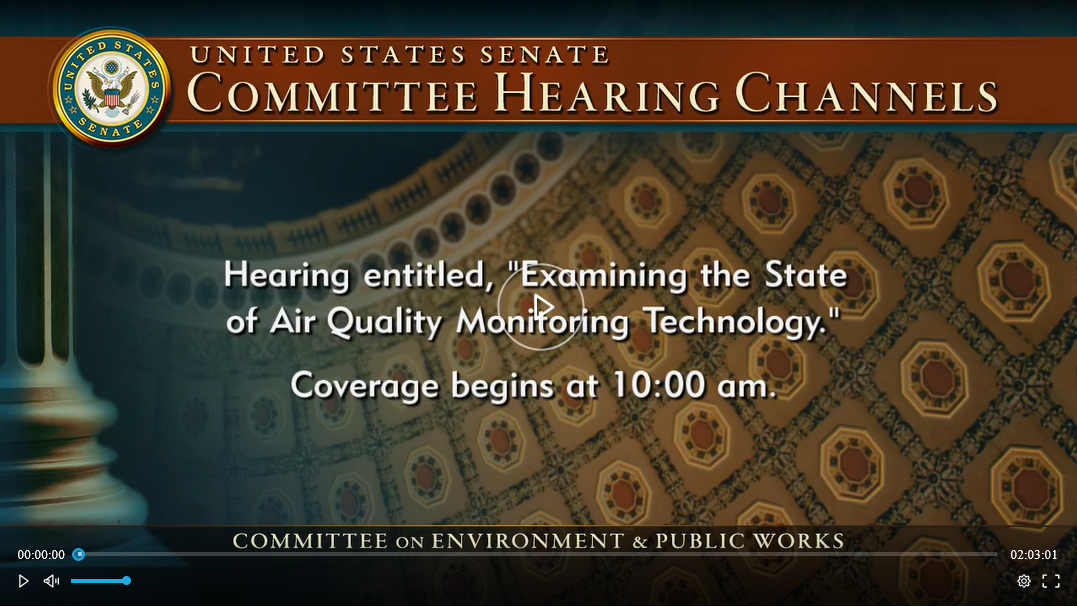
Air quality monitoring has a bit of a split personality.
On the one hand are the rigorously tested, most accurate instruments that gain regulatory status, such as the Federal Reference Methods (FRM) and Federal Equivalent Methods (FEM) of the U.S. Environmental Protection Agency.
On the other hand are sensors, which do not meet the same testing standards and are generally acknowledged to be less accurate… but are much more affordable. While they’ve been used in efforts to expand air quality monitoring, it’s been difficult for scientists to interpret the data they produce. Do sensor newcomers have a role to play in the regulatory and policy space? Now decision-makers have come to question how–and even whether–sensors should be used. On April 10 the Senate Subcommittee on Environment & Public Works held a hearing on this topic, “Examining the State of Air Quality Monitoring Technology.”
2B Tech’s ears were ringing during this hearing. One of the three experts testifying was William Obermann, who is the Air Program Supervisor at Denver’s Department of Public Health and Environment. His department has pioneered the “Love My Air” program for augmenting air quality monitoring at schools and in communities in the Denver area, using monitoring technologies including sensors that are more affordable and hence accessible. Denver is now bringing 2B Tech’s AQSync Air Quality Monitoring Station into the program, to provide a more rigorous multi-pollutant FEM and reference-quality dataset.
Multiple AQSync stations, which each weigh a little over 50 pounds, will be used in various Love My Air locations to provide O3, NOx, CO, particulate matter, and weather data that will help anchor the measurements from the program’s sensor network and aid in their interpretation. It’s the type of marriage we envisioned when we designed the AQSync to be either a stand-alone air quality station, or a readily mobile FEM-quality reference station for “making sense of sensors.”
In the discussion at the hearing, Mr. Obermann alludes to the six AQSyncs that will be used in Denver to provide high-quality data. To see a short excerpt of the part of the hearing that focused on the discussion relevant to the AQSync, click the picture above. The full hearing can be viewed by clicking the this link (watch from 1:10-1:18 to see the discussion referring to our instruments).


